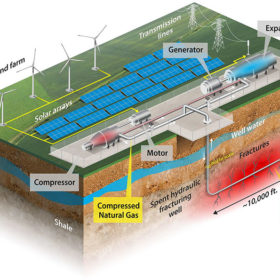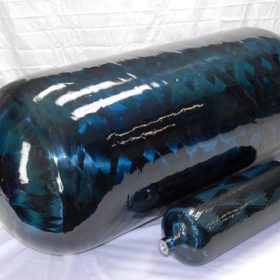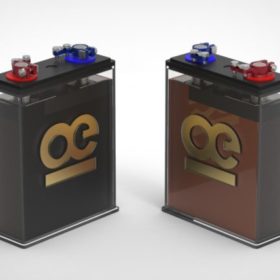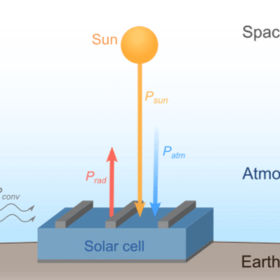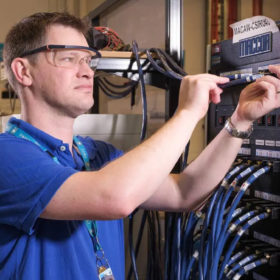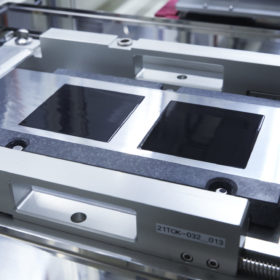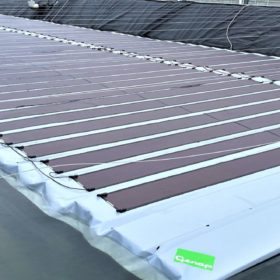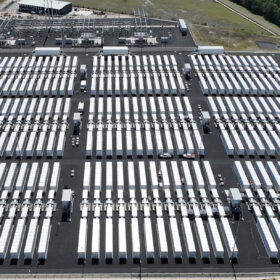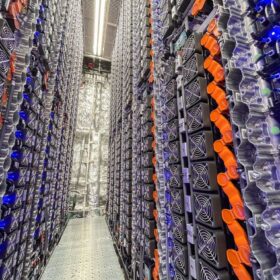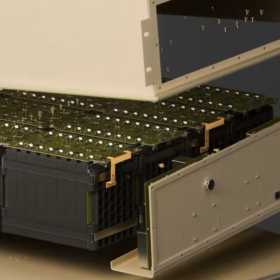10 GW Desert Bloom green hydrogen project attracts major Japanese partner
Water-from-air technology company Aqua Aerem’s Desert Bloom green hydrogen project received Major Project Status from the Northern Territory Government last year, now it has announced a partnership with Japanese energy giant Osaka Gas which not only brings the 10GW project closer to reality, but has also seen the company boost its ambitions to 20GW in light of “quickly developing demand.”
Storing renewables in depleted oil and gas wells
US researchers have proposed the use of hydraulically fractured oil and gas wells to store renewable energy via compressed natural gas, with the levelised cost of storage potentially coming in at US$70/MWh and US$270/MWh. They said wells could also be used to store other renewable gases such as carbon dioxide or hydrogen in the future.
Green alumina processing pilot in WA receives major backing from ARENA
Western Australia’s Pinjarra alumina refinery, run by US giant Alcoa and Alumina Ltd, has been granted $8.6 million to test electric calcination, a process which could significantly reduce refineries’ footprints. The grants awarded add up to almost half of the pilot’s costs.
Australia’s first hydrogen storage tank manufacturing facility in planning, enabled through US partnership
Sydney company CST Composites is seeking to establish Australia’s first hydrogen vessel manufacturing facility, looking to secure its position in the rapidly growing industry through a joint venture with a US-based hydrogen storage tank manufacturer.
Zinc-based battery tech for stationary applications unveiled by Indian startup
A startup incubated at the Indian Institute of Technology Kanpur has introduced ZincGel battery tech, which could offer significant savings for owners of two-wheel electric vehicles.
Radiative cooling for PV modules – challenges and prospects
A group of international scientists has investigated the potential use of radiative cooling in PV systems, in a newly published review focusing on challenges and opportunities for the passive cooling technology.
CSIRO to invest $50 million in storage tech of tomorrow
The CSIRO will invest $50 million in four new programs to drive critical breakthroughs in electric vehicle batteries and creating storage solution which could “mimic pumped hydro.”
Mobility rEVolution: Nissan moves forward with in-house all-solid-state battery production
In other news, GM and Honda are jointly developing affordable EVs, the Biden administration holds an EV industry meeting, and Mercedes-Benz Energy agrees to supply EV batteries to BatteryLoop for its scalable, circular energy storage products.
Bosch unveils hydrogen-compatible stationary fuel cell system
Bosch’s new solid oxide fuel cell prototype has an electrical efficiency of more than 60% and an overall efficiency above 85%. It also has a targeted power output of 10 kW and can produce up to 3 kW of thermal energy.
Lightweight solar for agricultural water reservoirs
The Genap Energy Cover uses HyET Solar Powerfoil thin-film solar modules, rated at 12.0% efficiency, for agricultural water storage and reservoirs, with an initial focus on the greenhouse and horticulture markets in the Netherlands. Genap said a 12kWp test setup had a generation density of 60W/m2, rising to 120W/m2 within a year, with an eventual target of 165W/m2.

